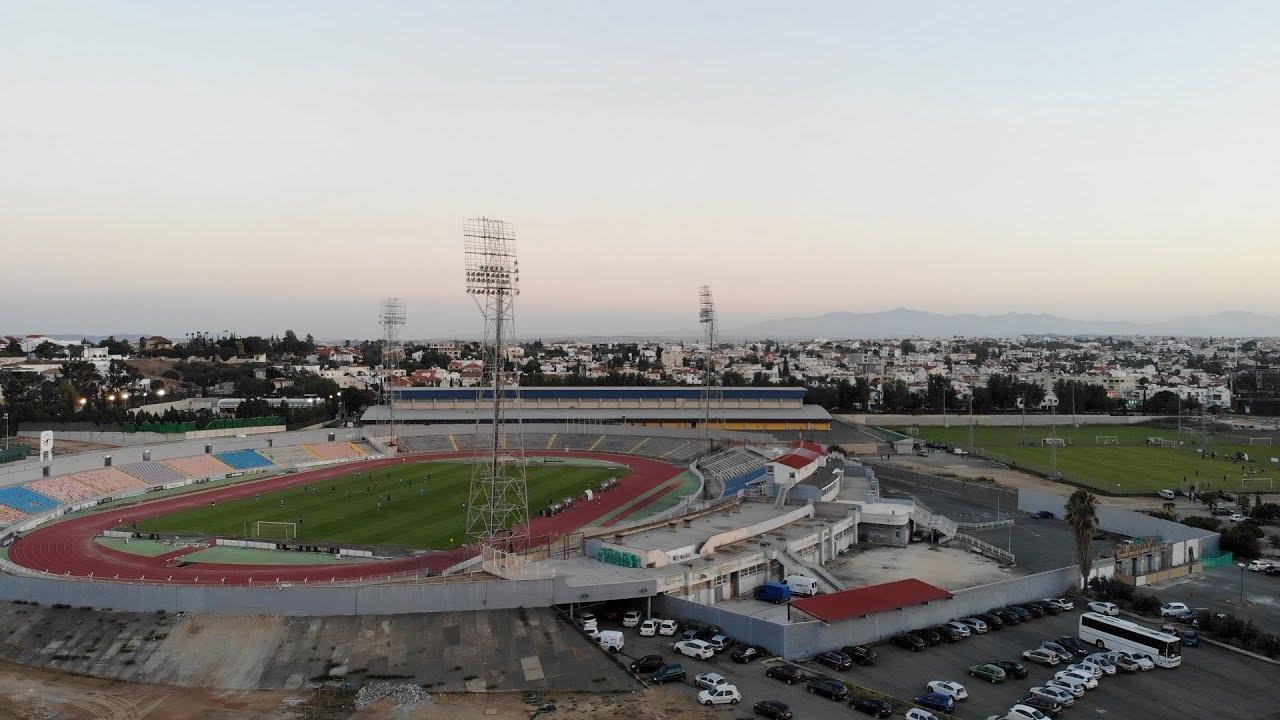The Cyprus Olympic Association (KOA) has officially abandoned plans for a complete renovation of the capital's Makario Stadium, admitting that the project is not economically viable.
According to experts, the major works could cost between €15m and €20m, and up to €40m if the budget is increased.
Instead of a complete rebuild, KOA has decided to carry out partial repairs, primarily to address urgent safety issues. This will cost the organisation around €4 million.
It should be noted that the stadium's infrastructure deficiencies were identified four years ago, but only now has a concrete decision been made. According to the latest plans, the organisation is considering the possibility of retaining around 3,000 spectator seats in one of the stands. In this case, the stadium could continue to operate on a limited basis and host matches for three football clubs representing displaced persons from the occupied territories: Digenis Morphou, Iraklis Gerolakkou and Ethnikos Assias. The management of these clubs have stated that if the Makario stadium is completely closed, the clubs will not be able to continue their activities due to the lack of training facilities.
- Digenis Morphou,
- Irakis Gerolakkou,
- Ethnikos Assias.
The management of these teams have stated that if the Makario Stadium is completely closed, the clubs will not be able to continue their activities due to the lack of alternative stadiums and financial resources.

The stadium will officially close in September 2025.
After that, preparatory work will begin, including engineering surveys, inspection of load-bearing structures, dismantling of obsolete equipment and design of a safe zone for matches with a minimum number of spectators. KOA stressed that the priority is to keep the facility in working order, but without unnecessary expenditure.
It should be noted that the stadium was opened in 1978 and was the country's main arena for a long time before the opening of the GSP stadium. It can hold around 15,000 spectators, but has hardly been used for major events in recent years. The facility is technically and morally obsolete and requires a complete replacement of the infrastructure, from drainage systems to seating and lighting.
The KOA's decision reflects an overall strategy to optimise budget spending on sports infrastructure. With limited resources, the government is focusing on targeted investments rather than expensive projects from scratch. At the same time, the possibility of building new regional stadiums with smaller capacities that meet modern safety and comfort requirements is being discussed.
